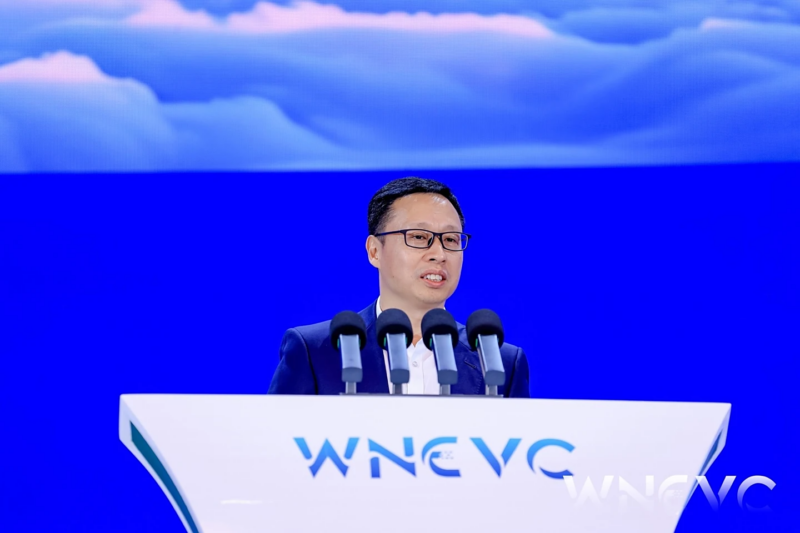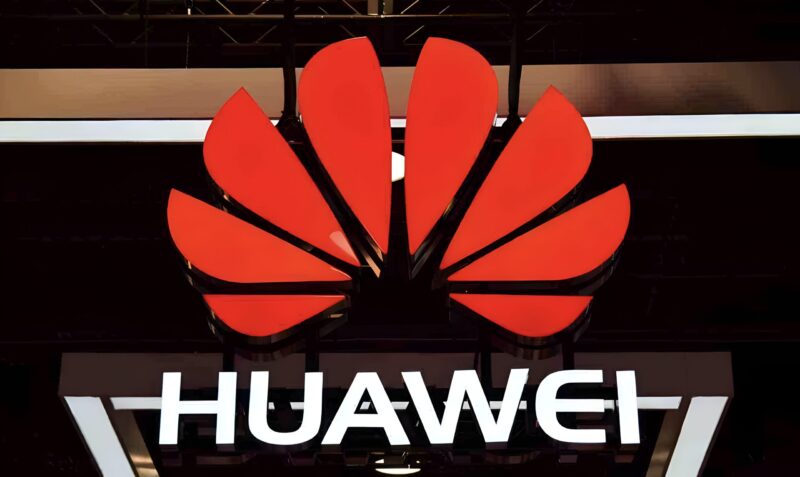Huawei Qiankun ADS sets 2027 target for large-scale L3 autonomous driving rollout
At the 2025 World New Energy Vehicle Congress (WNEVC 2025) held in Hainan, China, Jin Yuzhi, CEO of Huawei’s Smart Car Solutions Business Unit, announced that the company’s Qiankun intelligent driving system has surpassed one million installations across 28 vehicle models. The collaborations include Harmony Intelligent Mobility, Avatr, Deepal, and Voyah, reported by IT-home.
Jin highlighted that Qiankun has accumulated more than 5 billion kilometres of assisted driving mileage, with over 280 million automated parking manoeuvres and 2.71 million potential collisions avoided. Additionally, the HarmonyOS-based cockpit, equipped with the MoLA architecture, has seen widespread adoption. By August 2025, its voice assistant had been activated 238 million times, with nearly 70 million navigation searches conducted via voice commands.

Looking ahead, Jin outlined Huawei’s phased roadmap for autonomous driving technology, which he described as progressing through “three waves.” According to his framework, the first wave, electrification (2015–2022), reduced travel costs by replacing fuel with electricity. The second wave, intelligence (2022–2027), focuses on enhancing safety and user experience through algorithms that reduce driver workload and accident risks. The third wave, automation, is expected to begin in 2027, redefining safety standards and creating new bright mobility spaces to improve transport efficiency.
On the technical front, Huawei plans to introduce its ADS 4 system in 2025 with a highway-oriented L3 commercial solution. By 2026, the company aims to achieve large-scale L3 highway deployment and initiate L4 urban pilot programs, subject to regulatory approval. In 2027, with the broader rollout of highway and urban NCA (Navigation Cruise Assist) functions, Huawei expects L3 to achieve large-scale adoption, while L4 capabilities begin entering commercial use. This stage is expected to enable wider deployment of robotaxis and logistics services, expanding applications for L3 and L4 technologies.
The event, organised by the China Association for Science and Technology, the Hainan Provincial Government, the Ministry of Science and Technology, and the Ministry of Industry and Information Technology, provided a platform for industry leaders to discuss future developments in new energy and intelligent vehicles.
Updated: 30/9/2025



